Project Next Gen Assembly
The objective of the Next Gen Assembly project is to create an International Research Project- IRP between France and India on the theme of molecular and macromolecular self-assembly. This partnership will bring together five complementary sites specializing in macromolecular chemistry, supramolecular chemistry, materials science and self-assembly : two French sites (Charles Sadron Institute ; Mulhouse Materials Science Institute) and three Indian sites (IISC, Bangalore ; IACS, Calcutta ; CSIR-NIIST, Trivandrum). Within the framework of this IRP, several types of actions will be organized : (i) the organization of Franco-Indian workshops allowing exchanges between researchers, (ii) the visit of French delegations in India, and vice versa, and (iii ) the exchange of master’s and thesis students for short collaborative stays. All these actions will make it possible to create joint projects between French and Indian laboratories. Among the scientific themes that will be addressed in these collaborations, the self-organization of so-called “precision” (macro) molecules in a liquid medium will be a subject that will be particularly studied. This field is particularly innovative and lies at the frontiers of current knowledge. In addition, the complementary skills of the French partners in terms of macromolecular synthesis and of the Indian partners in terms of studies of self-assembled systems will be crucial to explore this innovative subject. In addition, collaborative projects will focus on the development of new types of materials such as functional surfaces and interfaces, organogels for supramolecular nanofibers. In all these areas, bilateral collaborations between France and India will be established.
B3Lab project
The B3Lab project is an International Research Project (IRP) whose objective is to create a high-level international centre of expertise between France and Brazil to develop fundamental research in the fields of Biointerfaces, Biomaterials and Bioceramics and their application in regenerative medicine or cancer research. This partnership brings together skills in chemistry and physics of materials (bioceramics, biomaterials), biology (biomineralisation) and at the interface between these sciences (biointerfaces). Two sites in France (Limoges Ceramics Research Institute, Mulhouse Materials Science Institute) and two sites in Brazil (Institute of Biomedical Sciences of the Federal University of Rio de Janeiro and the Brazilian Physics Research Centre of Rio de Janeiro) are partners in this project.
From a scientific point of view, the cooperation between the groups that make up this IRP is a unique opportunity to carry out a study of the interaction between cells and substrates on the scale of biological objects at the nanometric and atomic scales. A better understanding of the interactions between materials and living cells or tissues is expected, which will be of great interest to the Brazilian and French scientific communities in terms of the dissemination of scientific results.
Another ambition of this IRP is to create an international and multidisciplinary environment for the university training of Brazilian and French master or doctoral students, and to promote the exchange of postgraduate students between the universities.
In addition, we also wish to encourage our students’ openness to multidisciplinarity by creating cycles of courses and/or lectures given by senior IRP researchers for master’s students from the French and Brazilian universities of Limoges, Mulhouse and Rio de Janeiro.
One of the ultimate goals of the project is to contribute to the training of independent researchers who are well-trained from the start of their careers (e.g. doctoral students), capable of reflection and leadership, and who will eventually be able to lead an international team and establish international collaborations in all the research areas of this project in order to make a significant contribution to the fields of tissue engineering and regenerative medicine. Finally, another benefit of this project will be to improve the health and well-being of the population as a whole.
Picture credits : V.Guilly/CEA

